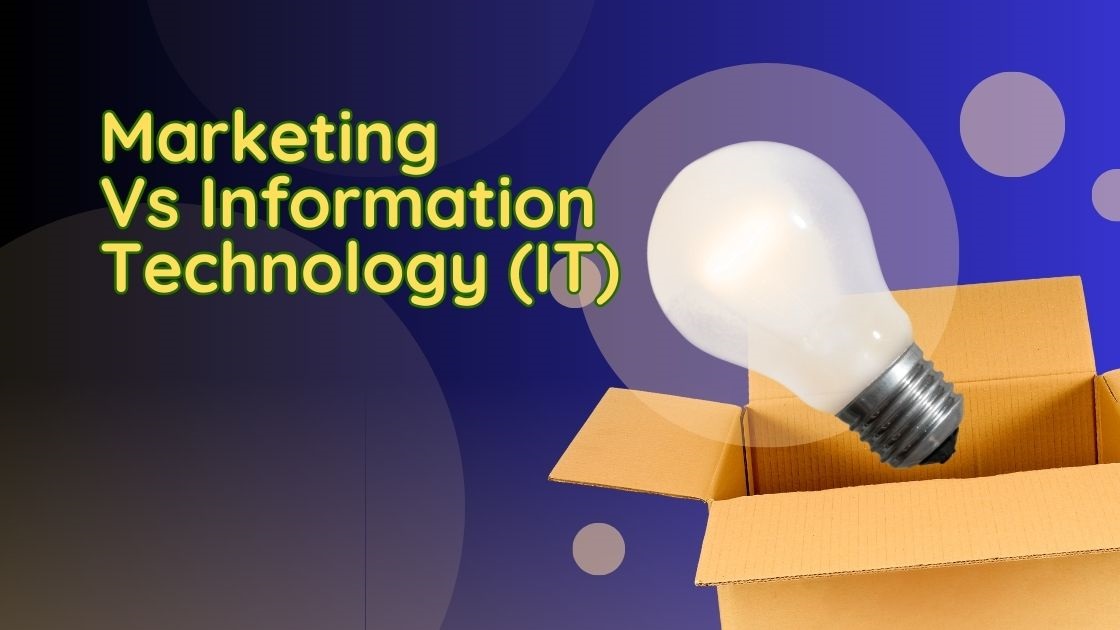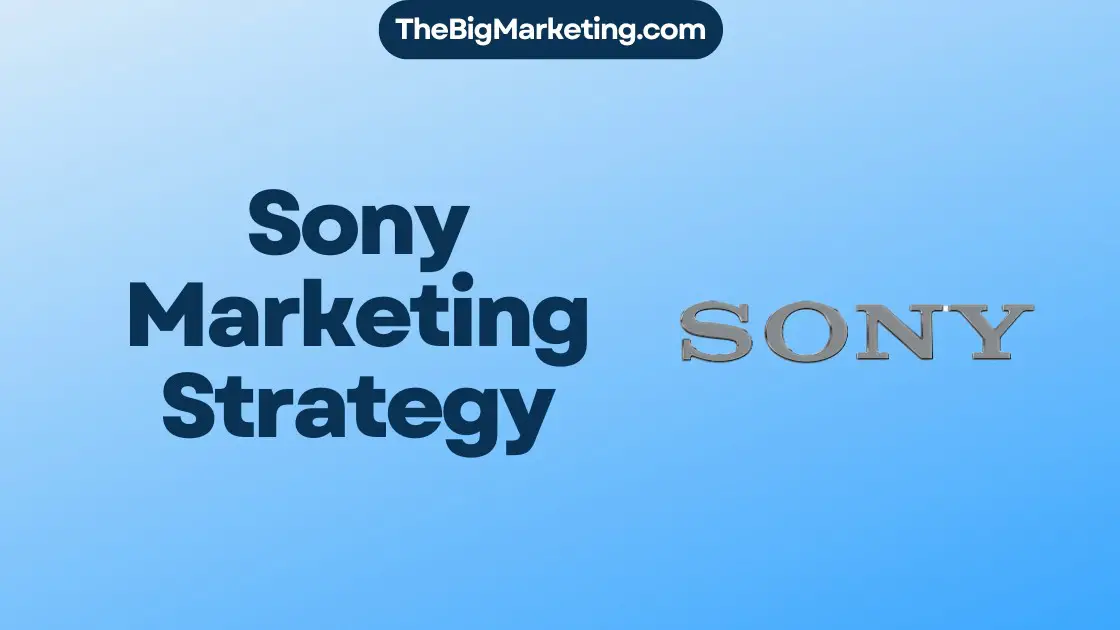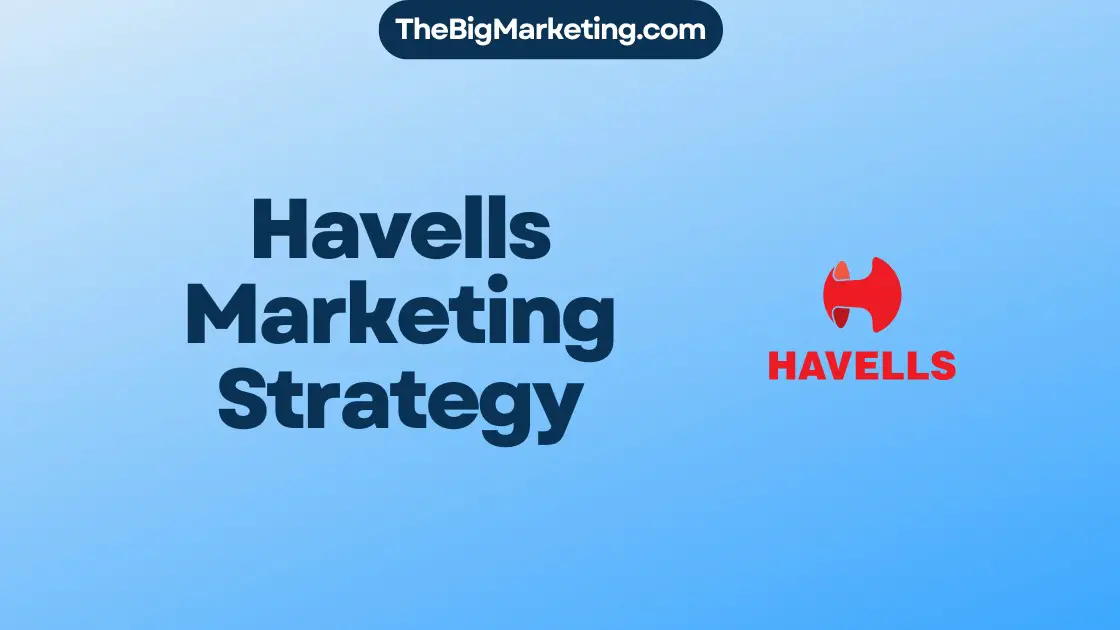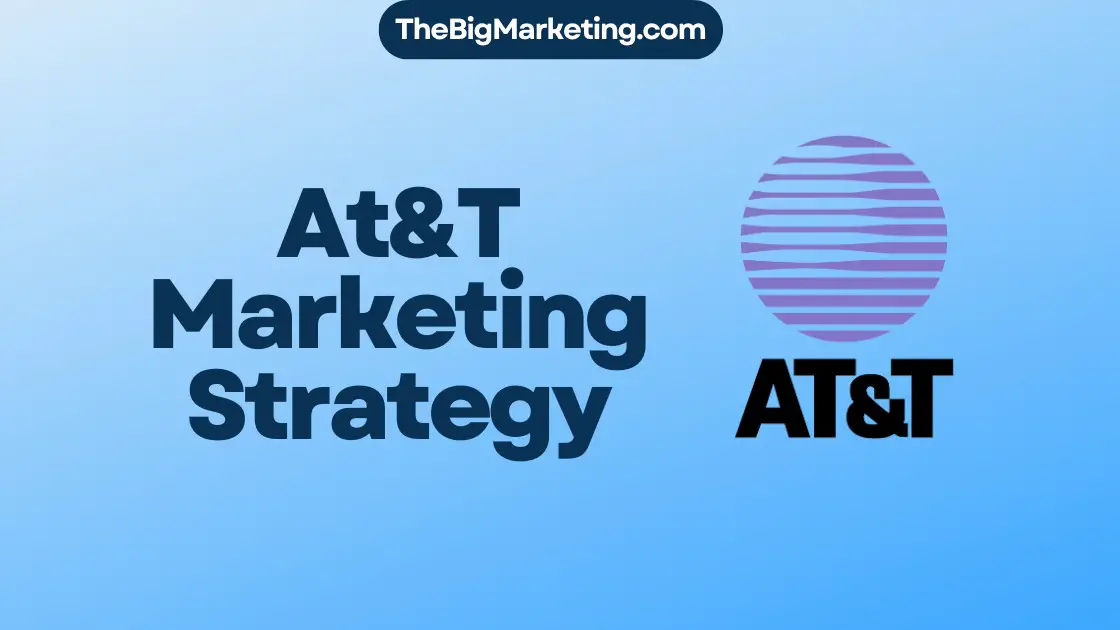Welcome to our in-depth case study on Apple’s marketing strategy. This tech giant stands out in the market. By focusing on its marketing, Apple connects deeply with its audience. It has kept its place as a leading innovator.
In this case study, we dive into Apple’s strategy. We’ll look at its target audience, emphasis on user experience, and advertising. We’ll also explore how it segments the market. Join us as we uncover Apple’s secrets to success!
Key Takeaways:
- Target the right market and audience
- Create a simple and impactful brand image
- Incorporate emotions in advertising
- Emphasize quality and design over price
- Invest in visionary leadership and innovation
Apple’s Target Audience
Apple targets middle and upper-class users who have more money to spend. These users are happy to pay more for products that offer a great experience. Apple aims at professionals and business folks who need Apple for their work.
Market Segmentation
Apple uses market segmentation to reach different consumer groups. It understands the needs and wants of each segment. This helps Apple make products and ads that speak to its varied customers.
| Market Segment | Description |
|---|---|
| Middle-Class Consumers | This segment includes people with moderate incomes who want quality tech. They are willing to buy Apple’s higher-end products. |
| Upper-Class Consumers | These consumers have more money and like Apple’s luxury brand and top products. |
| Professionals in Specialized Software Industries | Apple focuses on professionals in design, video editing, music, and development. They rely on Apple’s strong tech for their work. |
| Business Professionals | Business users choose Apple for its tech that works well together, boosts productivity, and is secure. |
This focused approach helps Apple meet the special needs of its customers. By knowing its audience and tailoring its products and ads, Apple keeps its lead in the tech world.
Focus on User Experience
Apple’s strategy is all about putting **user experience** first. They make products that look great and are easy to use. This focus is clear in their sleek, durable products.
Apple works hard to make products that fit easily into our lives. Their attention to **product design aesthetics** stands out. This gives their products a special mix of beauty and function.
Apple aims to make products that are both beautiful and easy to use. Their minimalist design adds elegance and improves how we use their devices.
The design of an iPhone’s curves or a Mac’s smooth software and hardware blend shows Apple’s focus on **user-centric design**. They pay close attention to making sure their software is easy and fun to use.
Apple’s focus on **product design** and **user experience** has built a devoted following. They go beyond what people expect, making Apple a top name for quality, innovation, and supreme user experience.
Suave Yet Simple Advertising
Apple has become a master at creating ads that are both cool and straightforward. They use simple designs and high-quality pictures. This catches our attention and makes us remember them. They believe in keeping things simple and avoid complex words.
At the core of Apple’s ad strategy is their love for minimalistic design. They remove anything unnecessary, putting the spotlight on their products. This not only shows off how their products look but also their dedication to great design.
Apple also uses stunning images in its ads. They pick these images to spark emotions and attract their audience. These pictures make people want Apple’s products even more.
Another trick Apple uses is storytelling. They don’t just list product features. Instead, they tell stories that connect with us. These stories show how Apple’s products can make our lives better.
Thanks to their unique advertising, Apple stands out from the rest. They stick to simple designs, beautiful images, and telling stories. This approach keeps captivating us and upholds Apple’s reputation as a top brand.
Apple Advertising Campaigns
| Year | Campaign | Key Message |
|---|---|---|
| 1984 | 1984 | Introducing the Macintosh – Think Different |
| 2000 | Think Different | Celebrating iconic figures who challenged the status quo |
| 2001 | Silhouette iPod | Showcasing the iPod’s sleek design and ease of use |
| 2006 | Get a Mac | Highlighting the simplicity and reliability of Mac computers |
| 2015 | Shot on iPhone | Demonstrating the exceptional camera capabilities of the iPhone |
Targeting the Right Markets
Apple’s success comes from knowing what their customers want and need. They perform detailed market research. This lets them create products that fit into their customers’ lifestyles and values.
They look past simple demographics and buying habits. Apple seeks to understand what emotionally drives their customers. This knowledge helps them make products that are not just useful, but also coveted.
Listening to customer feedback is a big part of their strategy. Apple uses this feedback to make better products. This way, their products keep improving and meeting customer needs.
Apple also looks into future trends and technological changes. This research helps them stay ahead of their competitors. They can then take advantage of new possibilities before others do.
Apple’s combination of market research and tech innovation is powerful. Whether it’s the iPhone’s sleek design, the Mac’s easy interface, or how all Apple products work together, they aim to provide an outstanding user experience.
Key Takeaways From Apple Marketing Strategy
Apple’s marketing strategy offers insights for businesses aiming for a strong brand image. It shows how to effectively connect with the target audience. Key takeaways can be applied to various marketing strategies.
The Importance of Targeting Your Market and Audience
Apple knows its target market well and designs products for them. Knowing your audience’s likes and needs is crucial. It helps in making products and campaigns that truly speak to them.
Creating a Simple and Impactful Brand Image
Apple’s brand strategy is all about simplicity and impact. Their designs are minimalistic and easy to use. This approach has made their brand image strong and widely recognized.
Incorporating Emotions in Advertising
Apple excels in making marketing campaigns that evoke emotions. They connect with their audience on a deep emotional level. This strategy has helped them build a loyal customer base.
Emphasizing Quality and Design Over Price
Apple is seen as a high-end brand because of its focus on quality and design. They show that prioritizing these over price attracts customers who value such attributes. These customers don’t mind investing more in the products.
In summary, Apple’s marketing teaches the importance of knowing your audience and building a strong brand. By stirring emotions, and focusing on quality and design, you can elevate your brand. These takeaways can significantly improve your marketing strategy and audience connection.
Visionary Leadership
Apple’s success is thanks to Steve Jobs, its co-founder. His focus on innovation changed the tech world. This shaped Apple’s brand.
Apple went from a struggling company to a tech leader under Jobs. His drive for innovation made Apple’s products stand out.
Jobs knew what consumers needed before they did. He made tech that fit effortlessly into our lives. This thinking led to devices like the iPhone, iPad, and Mac. They changed how we communicate, work, and have fun.
The Apple Effect:
- Introducing revolutionary products that disrupted their respective markets.
- Creating a cult-like following and unmatched brand loyalty.
- Elevating design and aesthetics as essential components of technology.
- Revolutionizing the music industry with iTunes and the iPod.
- Shaping the smartphone era with the introduction of the iPhone.
Steve Jobs’ Legacy:
Steve Jobs left a mark beyond the products. His way of leading and innovation inspires leaders everywhere.
Jobs loved simplicity and elegance. You can see this in Apple’s designs and interfaces. He thought everyone should enjoy technology, not just experts.
Through visionary leadership, Steve Jobs made Apple a symbol of innovation and great user experience.
Product Innovation
Apple is famous for its strong focus on product innovation. This focus has helped it lead in the tech industry. It always stays one step ahead, changing how we use technology. Apple never stops researching and developing new ideas.
The iPhone, iPad, Mac, and Apple Watch show Apple’s commitment to innovation. Each new version is better and brings new technologies. These products have changed the tech world.
Apple spends a lot on research and development to keep innovating. This investment lets Apple try out new technologies and ideas. It helps them create things we’ve never seen before.
Apple’s team includes smart engineers, designers, and visionaries. They work hard to make new concepts real. Their teamwork turns great ideas into products we all love.
Apple leads the way in the tech industry because it keeps innovating. It knows what consumers want before they do. With technology always changing, Apple’s creativity will keep leading the way.
Innovative Features and Technologies
Apple’s innovations go beyond just looks; they make their devices better to use. They’ve come up with awesome features like:
- Face ID: Apple’s facial recognition technology, which provides a secure and convenient way for users to unlock their devices.
- Augmented Reality: Apple’s ARKit platform, which enables immersive augmented reality experiences on iOS devices.
- A12 Bionic Chip: Apple’s powerful custom-designed chip that delivers exceptional performance and efficiency.
- Retina Display: Apple’s high-resolution display technology that offers stunning visuals and vivid colors.
- MagSafe: Apple’s magnetic accessory ecosystem that allows for effortless attachment and charging on compatible devices.
These features show how Apple keeps pushing for the best. They aim to make products that amaze and please their users.
User-Centric Design
Apple stands out because it focuses on looks and easy use. It pays great attention to the design and software of its products. This has built a group of customers who love the smooth experience Apple offers.
Apple’s designs are simple yet elegant. They feature clean lines and are made of quality materials. This approach makes their products not only work well but also bring a touch of class to the user’s life.
The iPhone is a great example of Apple’s design work. Its hardware and software work together perfectly, providing both beauty and function. The phone has a sleek look and a display that stretches from edge to edge.
Apple’s commitment to making products easy to use is a big part of its success. It believes tech should be simple for everyone. Its products have easy-to-use interfaces that make tasks quick and easy.
The macOS and iOS systems are designed to be straightforward. Apple’s software considers the user first. This approach is also in its apps and services, making every interaction smooth.
Apple combines good looks with ease of use to create a great experience. This attracts people who care about both performance and style. Apple leads the industry by focusing on the user’s needs, making technology more enjoyable for everyone.
Vertical Integration
Apple stands out because of its dedication to vertical integration. This approach is key in keeping its high-quality reputation. By controlling its production from start to finish, Apple makes sure everything meets its high standards. This leads to products that work well and are reliable.
Apple does things differently than other companies. It doesn’t just rely on outside parts. Apple takes charge of making its own hardware and software. This tight control helps Apple ensure top-notch quality in every product stage.
Benefits of Vertical Integration
Vertical integration brings many benefits for Apple. One major advantage is the ability to keep a close eye on quality throughout the making of its products. Apple can guarantee its products are durable, perform well, and make users happy.
This approach also makes Apple more efficient and less dependent on other companies. Apple can adapt more easily to what customers want and avoid problems with supplies.
Moreover, vertical integration lets Apple be innovative and make its products stand out. Since it controls both hardware and software, Apple can make them work together perfectly. This leads to a better experience for users.
A Closer Look: Apple’s Vertical Integration
Let’s take the iPhone as an example of Apple’s strategy. Apple makes its own chips, like the A-Series processors, for its devices. Making these chips themselves lets Apple tailor them to work best with its products.
Apple also has a strong hand in making its devices. It works closely with suppliers to have exclusive lines for making its products. This ensures high quality and keeps out fake parts.
Apple’s focus on vertical integration is seen in its investment in research and development. Its R&D centers work on new technologies to improve its products’ quality and performance.
In summary, vertical integration is central to Apple’s success. It allows Apple to keep high quality, offer smooth experiences, and keep bringing new ideas to its products.
Marketing and Branding
Apple’s marketing and branding are key to its huge success in tech. The company creates excitement for its product launches like no other. With iconic ads and a focus on brand loyalty, Apple has a dedicated and enthusiastic fan base.
Apple excels at building anticipation and exclusivity for each new product. It controls information and times announcements well. This strategy excites consumers and creates a desire to own the latest Apple device first.
Apple’s ads are famous in marketing. They captivate and visually impress viewers. Their ads focus on storytelling and emotional connections, making a deep impact.
Brand Loyalty and Apple
Apple’s marketing success comes from its incredible brand loyalty. Its customers are deeply dedicated and passionate. This loyalty is due to Apple’s consistent delivery of products that meet customer needs and desires.
Apple’s brand identity is a big part of its marketing. It stands as a symbol of innovation, quality, and top design. This strong branding builds trust and reliability among customers, boosting loyalty to Apple.
With effective marketing campaigns and a strong brand image, Apple leads in the tech industry. As it continues to innovate and captivate, Apple remains a technology pioneer.
Conclusion
Apple stands out in the tech world for its brilliant marketing strategies. It zeroes in on what users want, stays innovative, and knows how to brand itself. Because of this, it hits the mark with its audience time and again. Apple’s knack for understanding customer needs keeps it at the top.
The company’s insistence on top-notch products builds a strong brand. Its designs focus on the user, pulling ahead of competitors. This approach has built a loyal following. Also, Steve Jobs’s leadership gave Apple its unique edge and spurred its innovative streak.
Apple controls its production tightly, ensuring high quality. It knows its market well, making it good at generating hype for new releases. This strategy has significantly contributed to its popularity.
In the end, Apple’s marketing genius is key to its success. Focusing on what users want, staying ahead with innovations, and strong branding have made it a tech powerhouse. It’s set a standard in how we use technology today.






